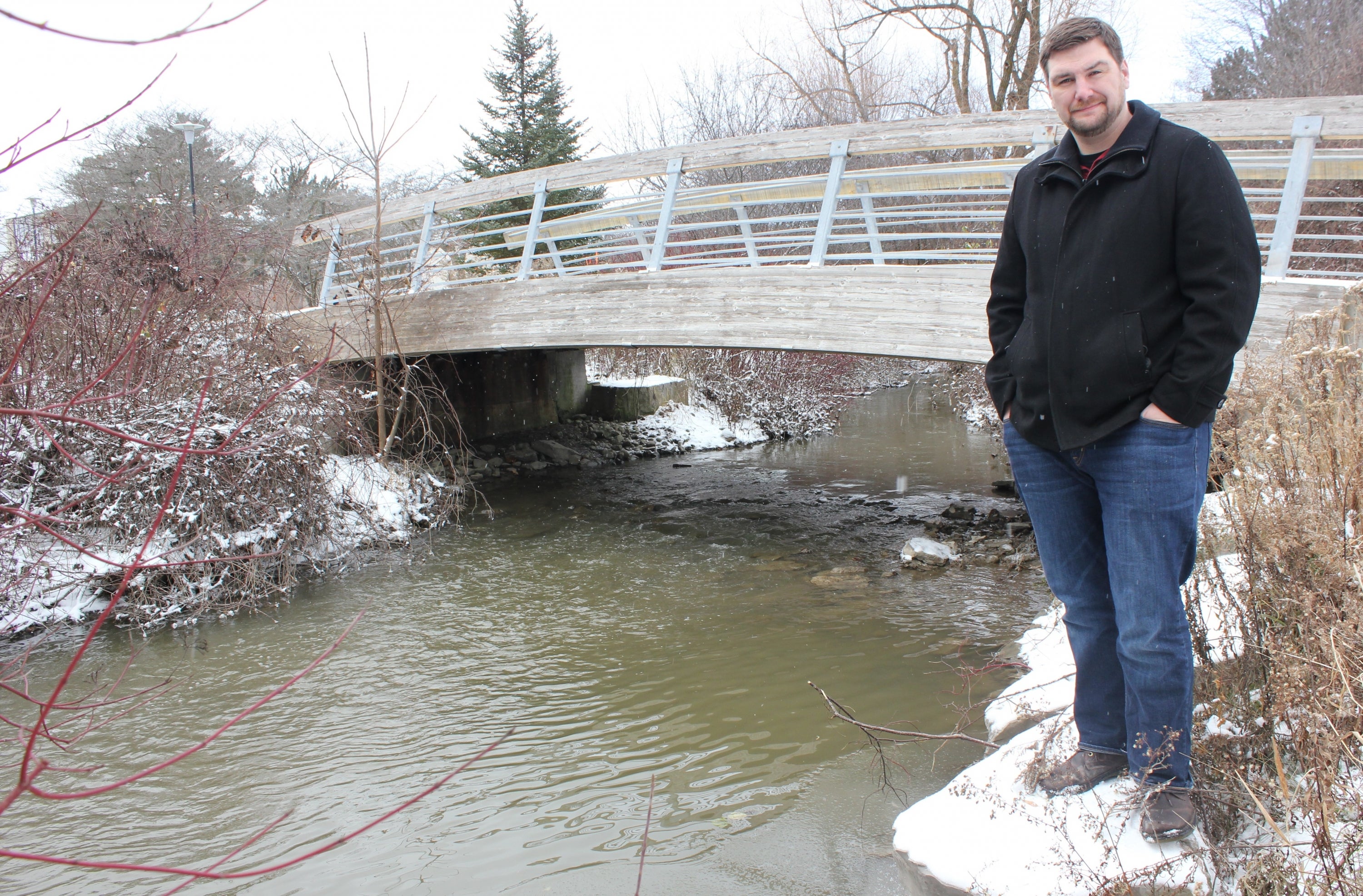As a “guy who likes to solve puzzles,” James Craig is certainly in an appropriate field.
There is no end of tough ones to tackle as the University of Waterloo civil and environmental engineering professor pursues the development and refinement of computer models to predict what will happen in watersheds.

James Craig plans to use a recent $500,000 funding award as a new Canada Research Chair to improve predictive computer models of watersheds.
So many complex variables come into play – from terrain to soil conditions, climate change and hit-and-miss weather forecasts – that his work will likely remain a perpetual work in progress as models improve, but are never entirely perfected.
“That’s the fun part,” Craig said of the enormity of the challenge. “That’s the research.”
Craig’s ongoing effort to predict how watersheds function got a boost recently when he was named a Canada Research Chair in Hydrologic Modelling and Analysis, with $500,000 in funding awarded by the federal government over five years.
In the short-term, the goal is to make models better, more accurate predictors of whether there might be flooding after a rainfall, or when water levels will peak in reservoirs so hydro-electric companies can plan to increase efficiency.
'We can't wait around'
“We can’t wait around for things to actually happen,” said Craig, who works closely with fellow professor Bryan Tolson, and has several graduate students and a post-doctoral fellow on his research team. “We have to try to predict what’s going to happen.’’
Further out, the aim is development of a single computer model that could be adapted, not built from scratch, for use in incredibly diverse landscapes from coast-to-coast in Canada.
With flooding the most costly form of natural disaster in the country, developing an early warning system to allow evacuations and other precautionary measures is a huge research area on its own.
Other uses for watershed computer modelling include planning for power companies, development of land-use policies around logging, and the impact on water supplies of oil and gas extraction.
Models already in use
After starting his surface water research about eight years ago, Craig has contributed to models that have been put to use in various parts of the country in the last few years.
By making them more predictive and therefore more useful, the goal now is to accelerate their adoption by consultants, educators and regulators.
“It’s moved from a research model to an operational model,” said Craig.